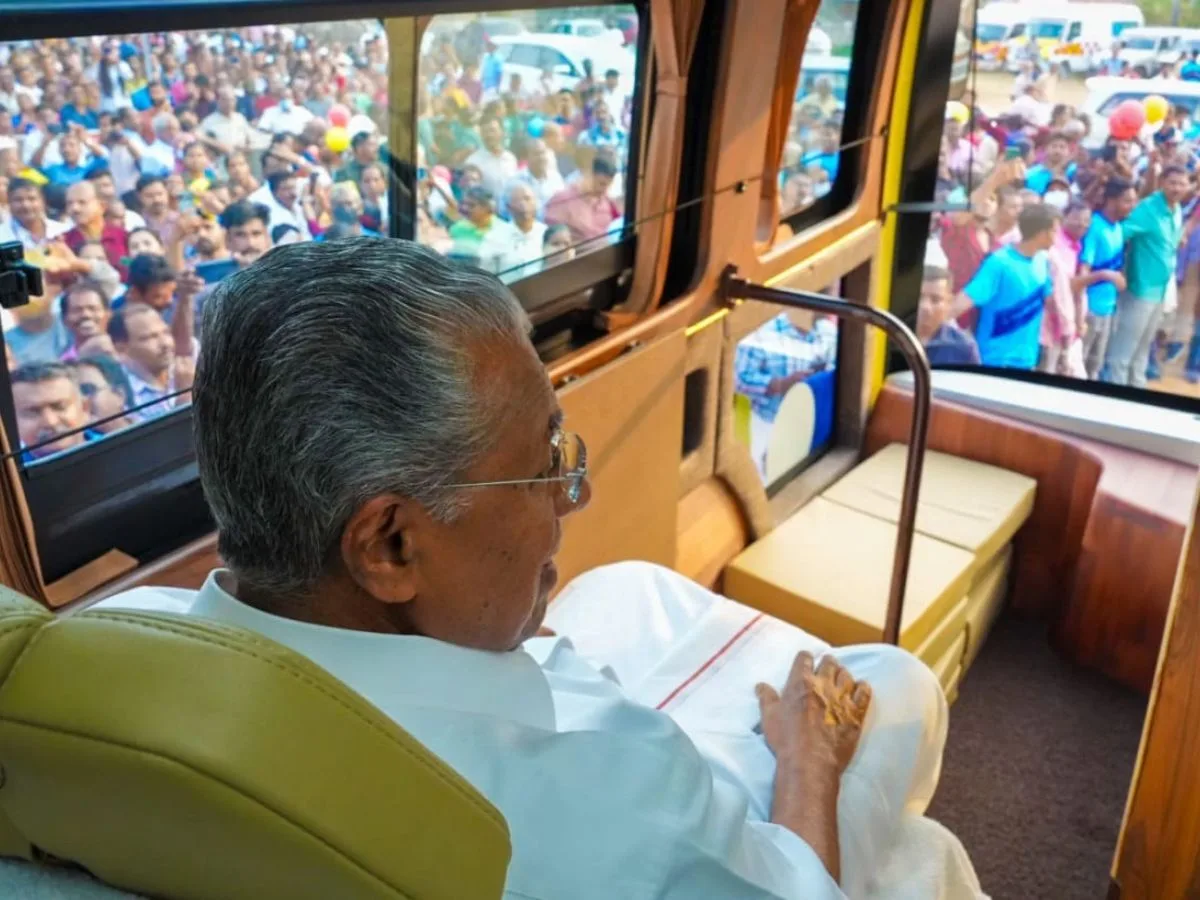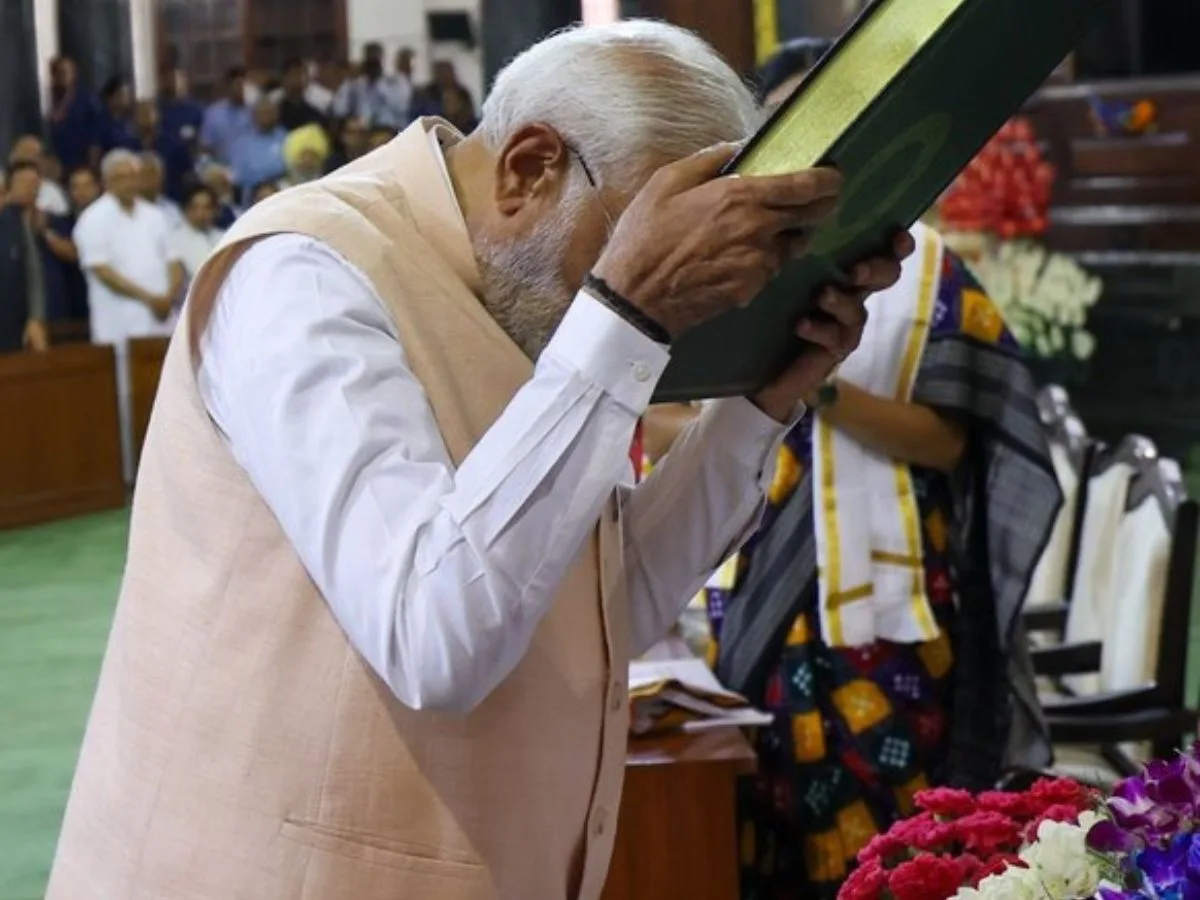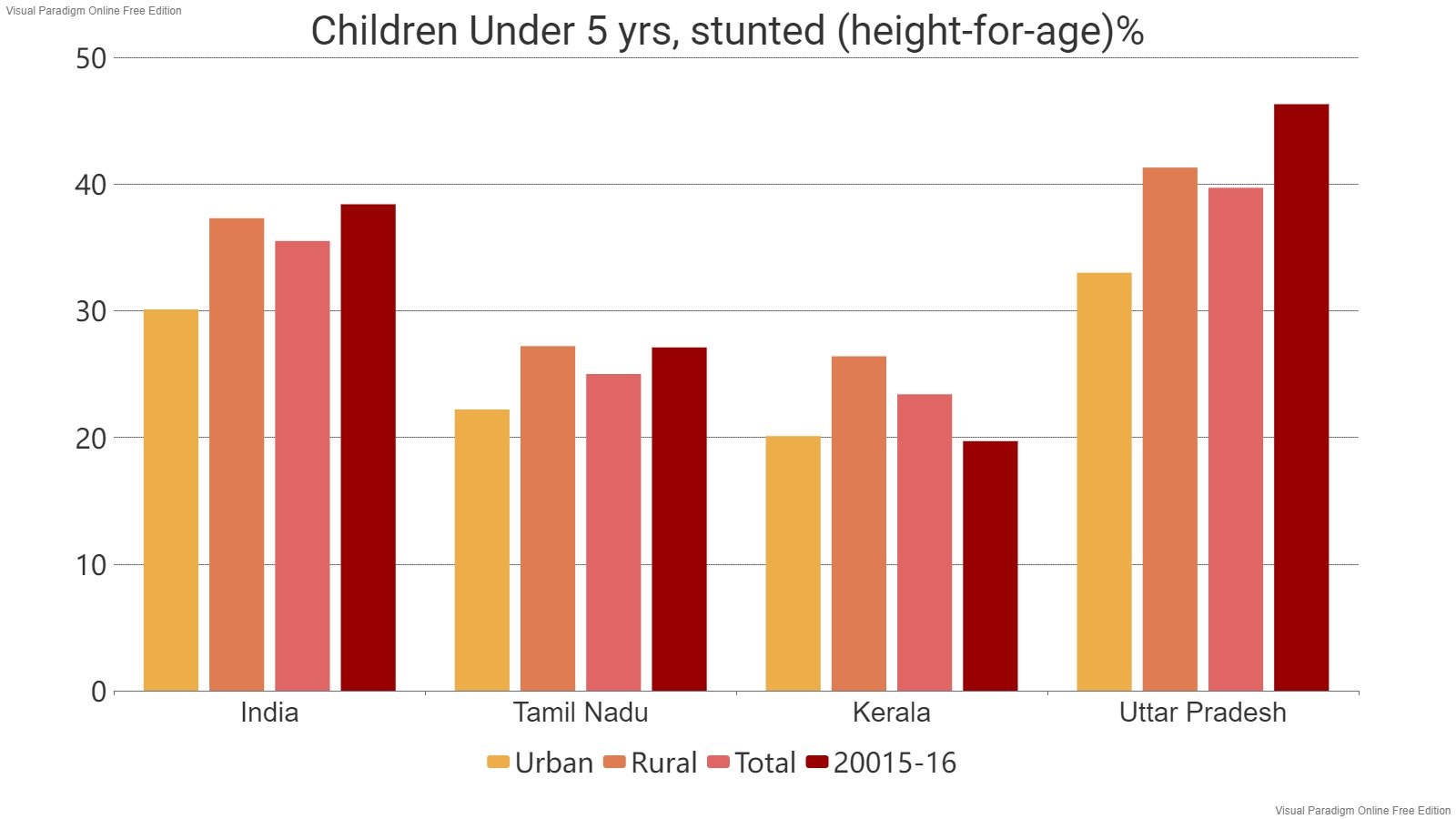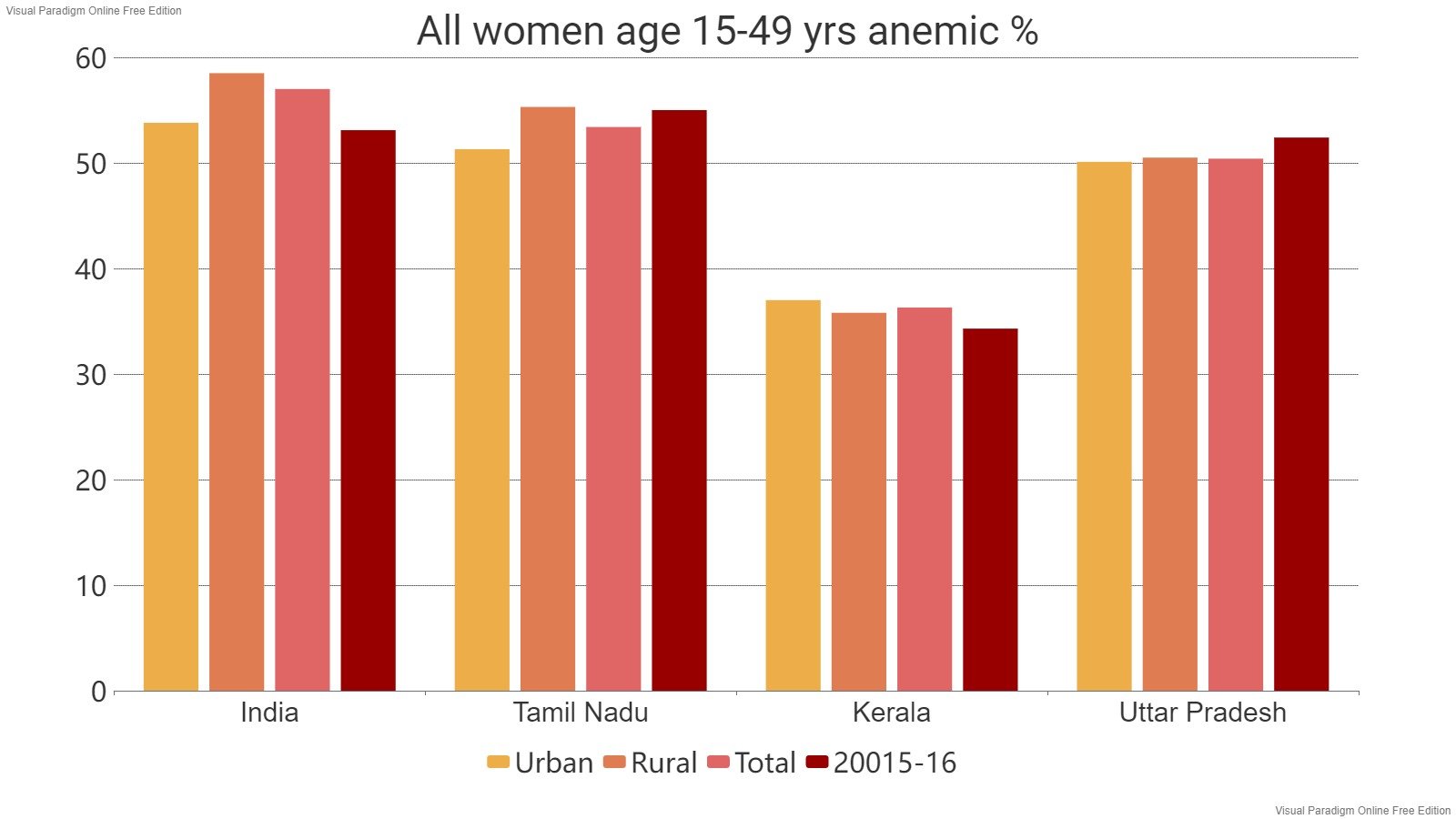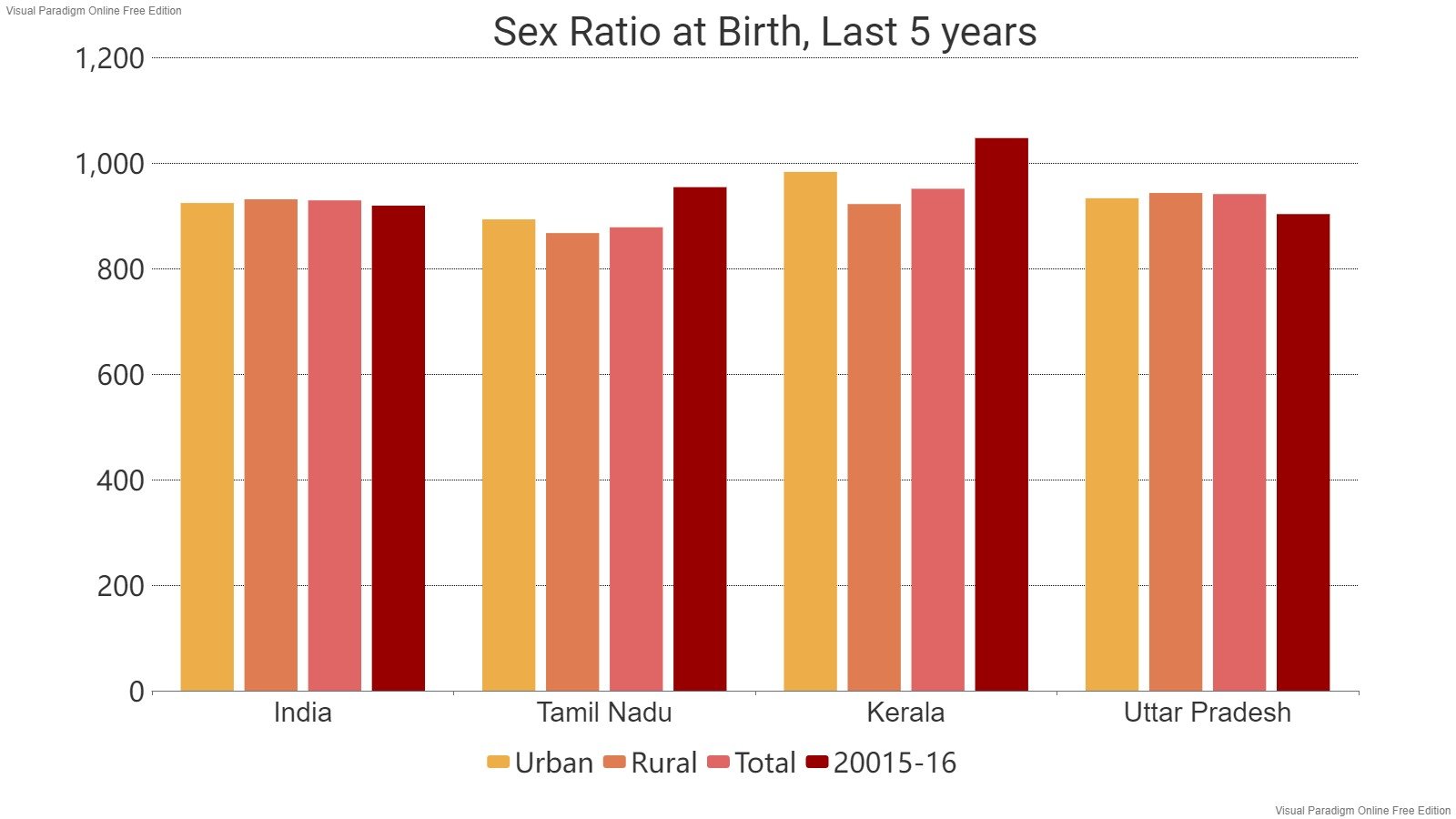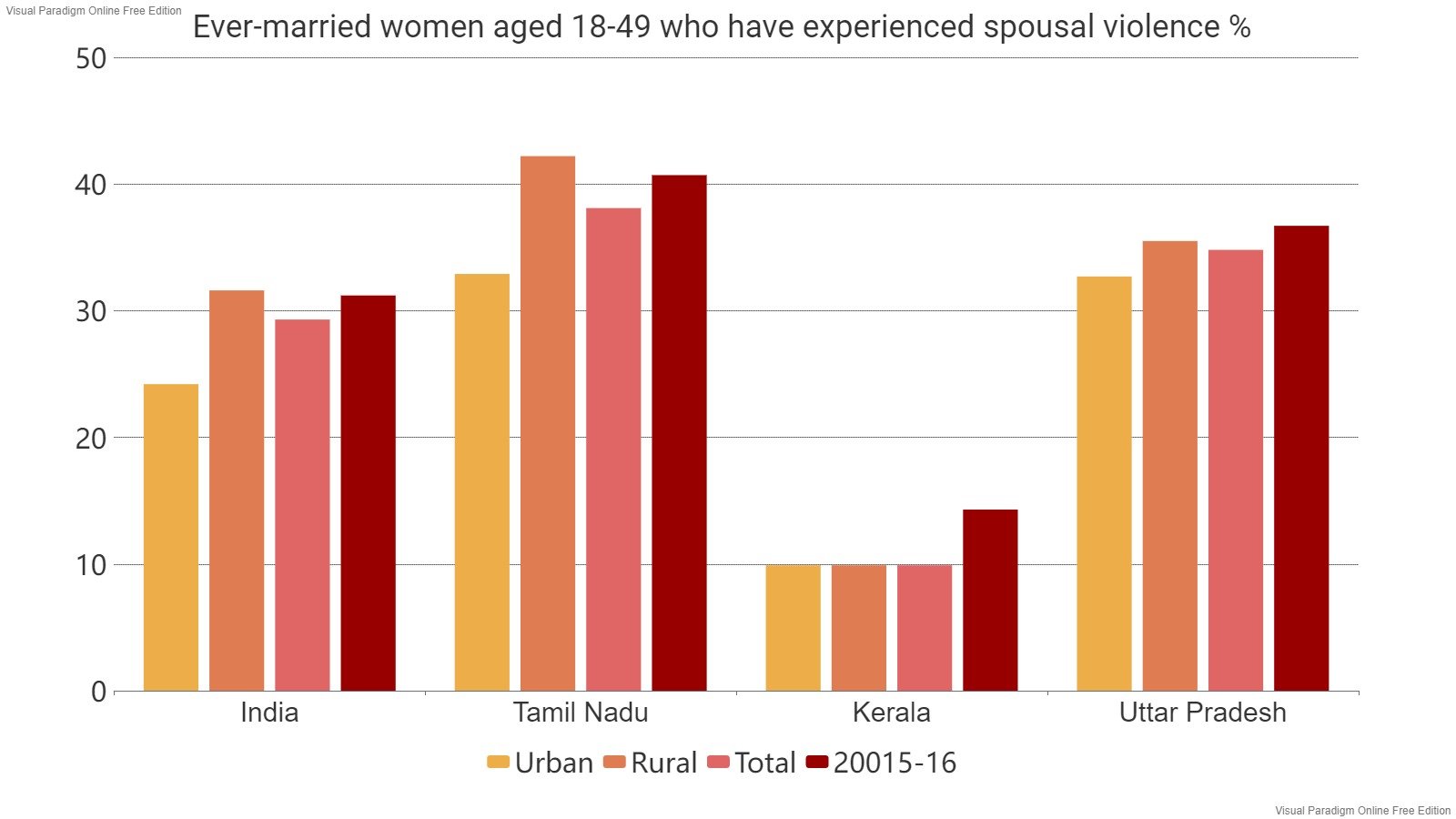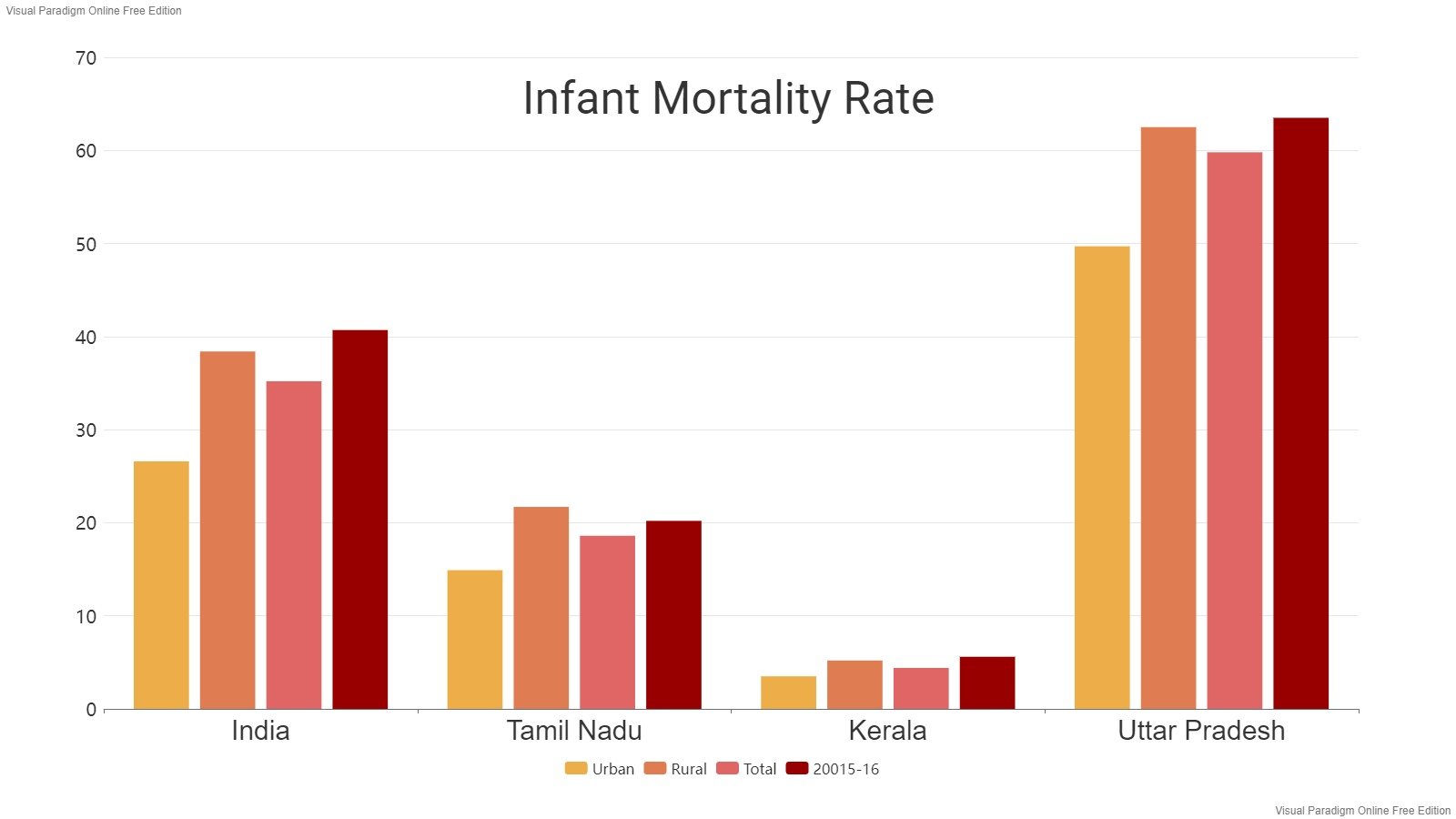Read in : தமிழ்
A Facebook post that came up recently featured a photo of film star Rajinikanth standing next to a shorter, scraggy looking man – purportedly a daily wage worker. The accompanying comment said both came from up north for survival and they should know their place and behave. If this is how at least some Tamils see even the hugely popular ‘Superstar’, one can only imagine their attitude towards migrant workers.
Even if the recent reports about Bihari migrant workers being attacked in the state have been busted as fake news, and appeals have gone out from Chief Minister Stalin and the state DGP to the migrant population that they are safe and that fake news was being spread about Tamils being against them, social media reveals underlying biases of people.
Social media, by its very nature, offers a glimpse into the darker side of life – our base fears and prejudices. In public life and for the record, we address the migrant worker with honorifics. Two decades ago, when illegal immigrants became a hot political issue in the US and allegedly threatened to alter the demographic composition of the country — in the words of the conservatives, America was in “danger” of becoming majority non-White country — the liberal-Left pushed back by calling them guest workers. Mainstream media followed suit there. Similarly, the Kerala government put out statements that migrant workers should be called guest workers after the local population began to discriminate against them. Now, The Times of India has started using the term guest workers nationwide.
But does that change the attitude of permanent residents of a state towards migrant workers? That does not seem to be the case.
Migrant workers are not a new phenomenon in the world, and not restricted to one class. Ancient civilisations were built by the movement of people seeking livelihood. If poor north Indians come to Tamil Nadu seeking livelihood, less well-off Tamils continue to go to Kerala for higher wages. Software workers from Tamil Nadu in the US and Europe are also migrant workers
Migrant workers are not a new phenomenon in the world, and not restricted to one class. Ancient civilisations were built by the movement of people seeking livelihood. If poor north Indians come to Tamil Nadu seeking livelihood, less well-off Tamils continue to go to Kerala for higher wages. Software workers from Tamil Nadu in the US and Europe are also migrant workers. While some in the US continue to complain about foreigners depressing wages for natives, proponents of the free market see the worth of cheaper but skilled IT professionals, as they help to free up capital for investment in cutting edge areas, keeping the US competitive and staying in the lead.
At the same time, the majority white population of the US has contempt for the Mexicans who come across the border and do odd jobs like gardening, construction work and so on for well-off Americans. Former President Trump even managed to convince a majority in the US that he would build a wall on the US-Mexico border to keep the ‘troublemakers’ and ‘criminals’ out — and rode on that xenophobia into the White House.
Also Read: TN BJP chief Annamalai a hit in Karnataka too
Similarly, Tamils were detested and attacked even by Marathis in Bombay (Mumbai) years ago when Shiv Sena were agitating against north Indian and other workers “usurping” the jobs and opportunities of people of the state. Shiv Sena too rode that wave of opposing ‘outsiders’ into power in Maharashtra.
Tamil Nadu chief minister M K Stalin has appreciated the contribution of migrant workers to the state’s development while ordering a crackdown on those who spread rumours that the workers from Bihar and other northern Indian states in the state were being attacked systematically. When in 2010, former Chief Minister late M Karunanidhi was building his dream project of a new secretariat (turned into a superspeciality hospital by his political rival J Jayalalithaa when she gained power), the migrant workers who were engaged in the construction were given a feast in appreciation of their work, at which time they danced to Hindi film songs. Officials were worried that it might upset Karunanidhi who had been at the forefront of the 1965 anti-Hindi agitation. But when he arrived, Karunanidhi said, “As most of the workers are from the Hindi heartland, it is appropriate to play songs in their mother tongue. The DMK is not opposed to Hindi as a language. The party opposes the imposition of Hindi in school curriculum.”
At present, the case against state BJP president K Annamalai on charges of inciting violence and promoting enmity between groups, makes one wonder if the social media rumour mills of the BJP are to blame for the current controversy. Perhaps it is just nasty politics at work.
But amidst all this and perhaps the basis for all this is the ugly truth — we Tamils do look down upon migrant workers. The Facebook post on Rajinikanth was not a one-off. It is an opinion, a prejudice one finds to be common across the state and among various sections of the population. Working class Tamils are peeved that these workers are driving down the wage market and making jobs scarce. And that expresses itself in unseemly ways sometimes.
Attacks and lynchings of migrant workers have been happening for more than a decade now. Many of these attacks are just mob (in)justice and totally baseless. The Hindi speaking migrant worker is an object of ridicule, derision, fear and loathing for many.
Tamils were detested and attacked even by Marathis in Bombay (Mumbai) years ago when Shiv Sena were agitating against north Indian and other workers “usurping” the jobs and opportunities of people of the state. Shiv Sena too rode that wave of opposing ‘outsiders’ into power in Maharashtra
One wonders if among the reasons why Tamils are unimpressed with the prime minister is that he speaks in Hindi — the language now seen as that of the migrant worker whom a large number of Tamils detest, whereas earlier it was opposed for being the language of the “ruler”, the union government, that sought to impose it and dominate over the ruled, the states. Tamils seem to have recently developed an attitude of superiority about their language and culture over that of the Hindi speaking migrants.
Not too long back, when Kerala broke free from the development indices typical of India, Malayalee pride unleashed a darkness. Tamils became the unfashionable lot — ‘pandi’ became a derogatory term for Tamils, not a reference to the Pandyas — even if the Malayalee still looked at Madras, aka Chennai, as the city to aspire for. Well-heeled northerners still dub Tamils as coffee — the darker ones, or Madrasis — an umbrella term used as a put-down for everyone from south India, as they cannot distinguish between the southern states or linguistic groups.
Also Read: Erode East by-election: No growth plans, only caste plays
Today we celebrate new archaeological findings and historical research that uncover the uniqueness and historicity of Tamil culture, language and the land itself. Chola glory on screen gives us goosebumps.
Sangam literature, now borne out by archaeology, marks a departure from other texts of that era. While the Upanishads plumbed the depths of the soul and went existential at that time, contemporaneous Sangam poems celebrated love, life, war, bravery, culture and beauty. The literature was, in part, early reportage, and documented grand cities, grander armies and perhaps navies too, while literature up north was asking questions regarding the seer, the seen and the scenery. Metaphysics enraptured the brightest there while war, merchandise and craft attracted folks in the south. Early Tamils were fully immersed in life but what is missing in the early Sangam texts is bigotry towards the loathsome other.
Now as Tamil Nadu races ahead and becomes the signpost for industrial growth as well as socio-economic development, it may well be time to recognise the creeping bigotry among us. There have been some initiatives in this regard by the Kerala government, including an app called Athidhi (guest), which is to be launched in April to link migrant workers. The aim is to ensure that all of them can access the various welfare schemes provided to them, including health insurance — using a unique identification number.
This is in addition to the Athidhi portal which already exists. There are also schemes to educate migrant workers’ children in government schools and classes in malayalam offered to the workers themselves. However, some heads of workers’ organisations point out that the schemes are not implemented well and that only about 13 per cent of guest workers benefit from them. Besides, although there are calls from the Kerala government to its people to treat guest workers fairly and without discrimination, it is unclear if that has improved the attitude of Keralites towards whom they call ‘Bengali’, an umbrella term they use for migrant workers from West Bengal, Orissa, UP and other states. Tamil Nadu should aim to do better.
Read in : தமிழ்




